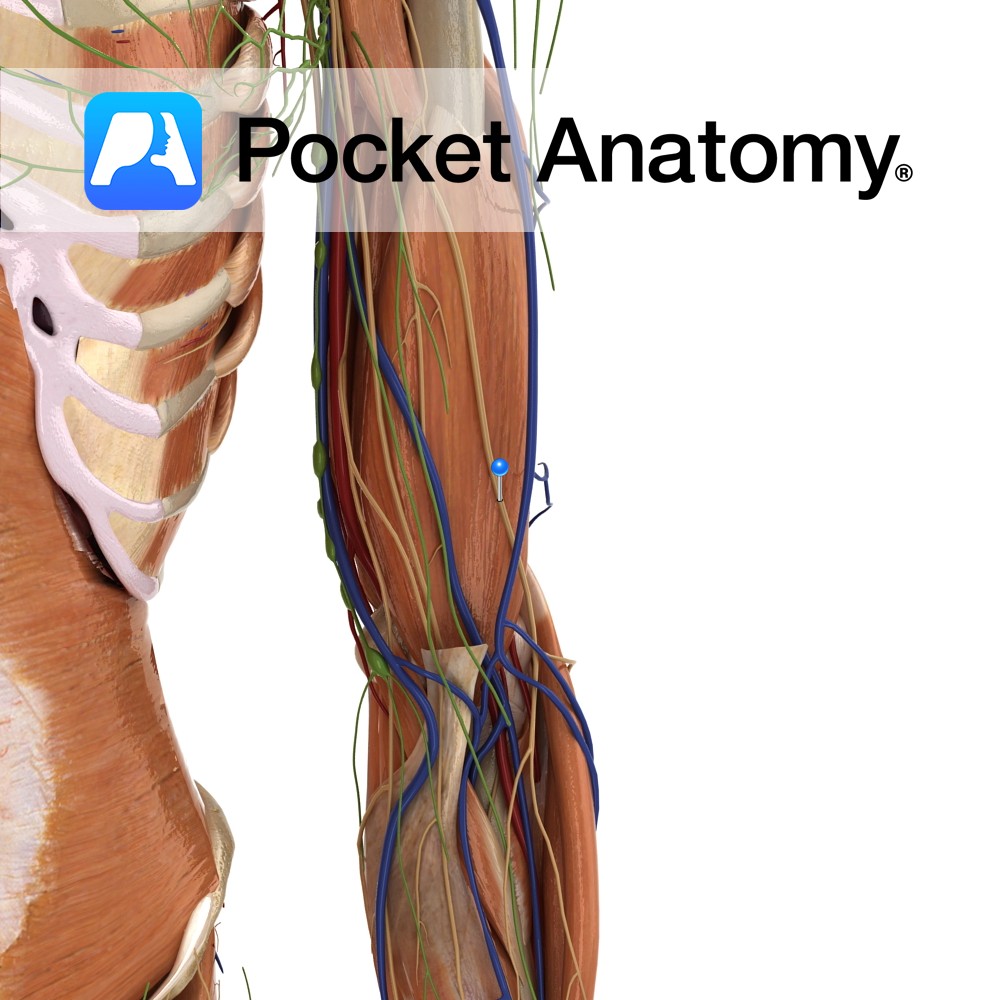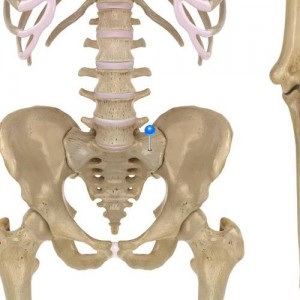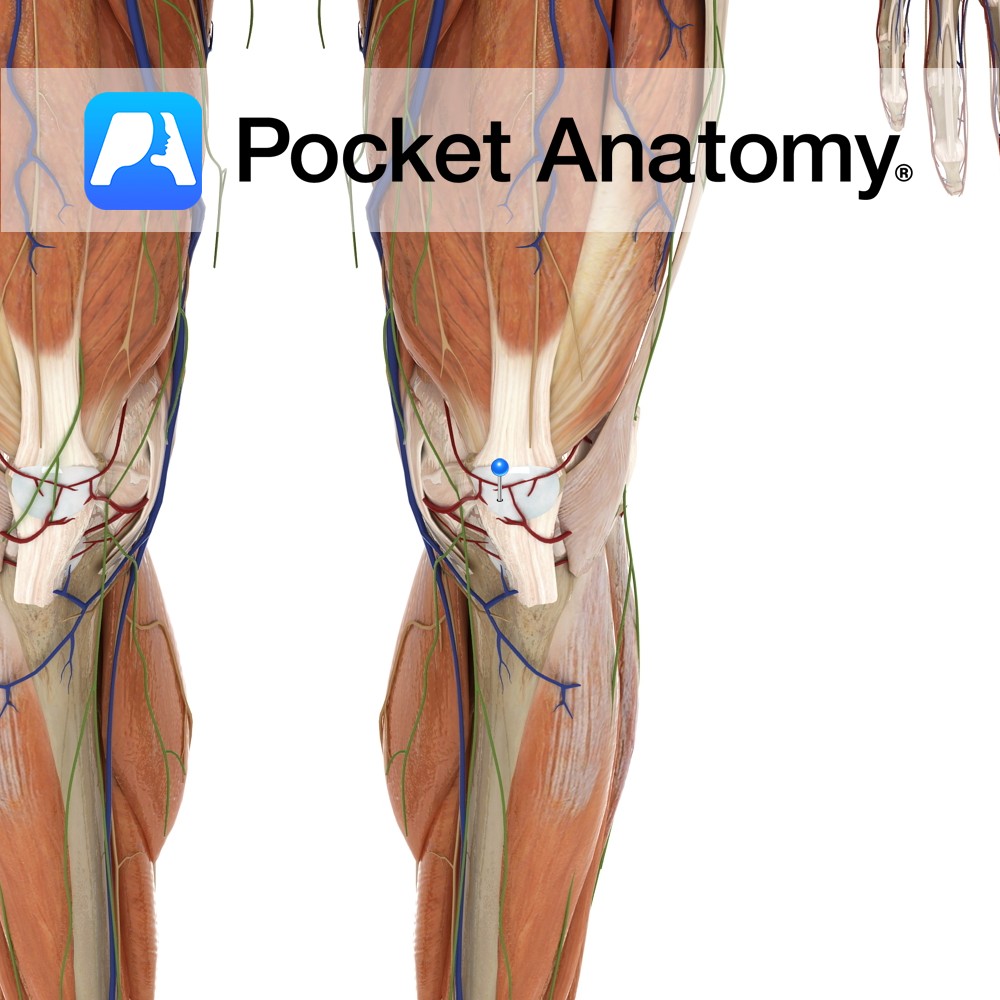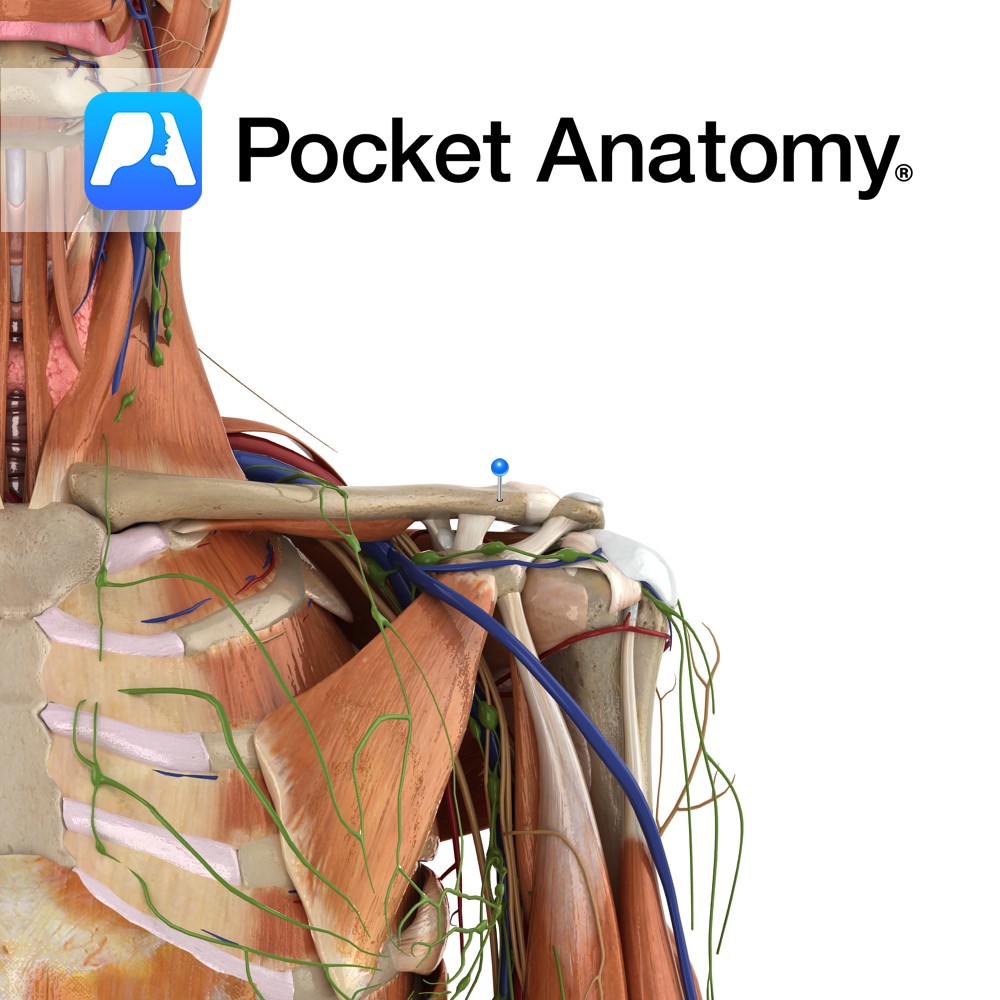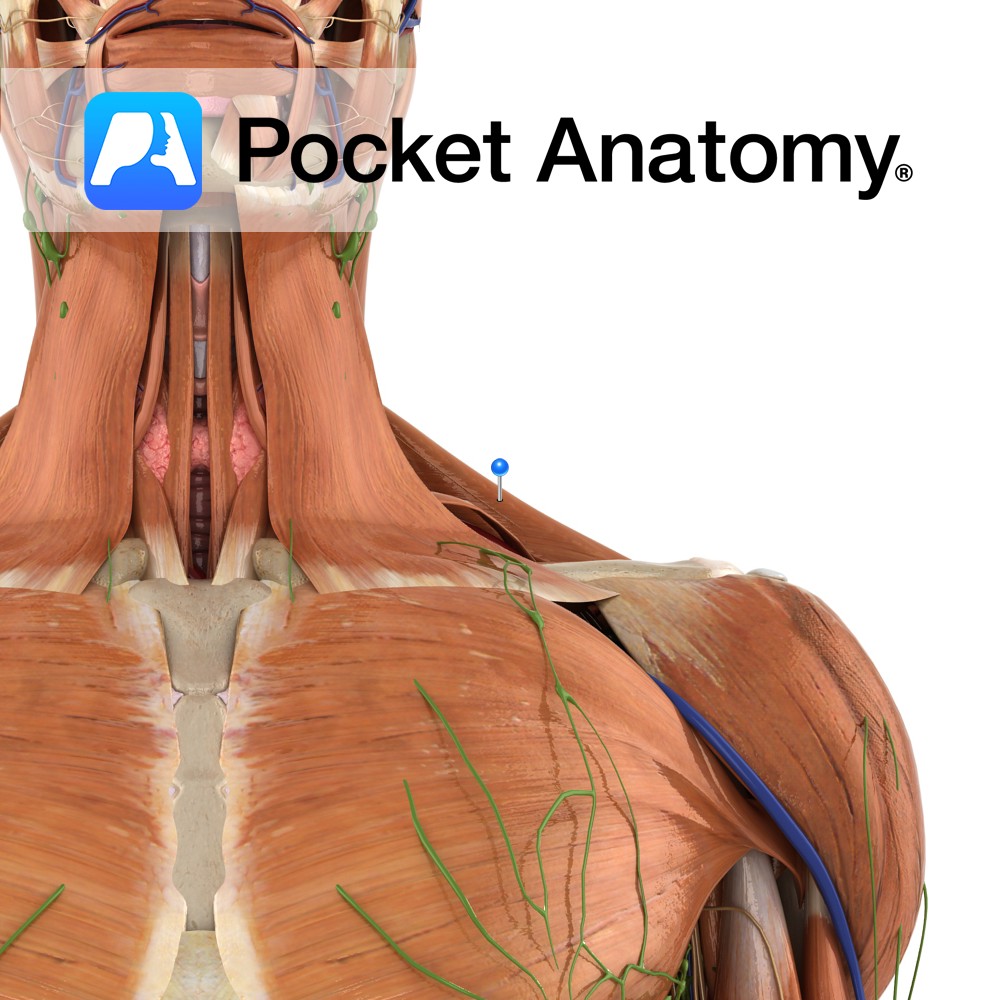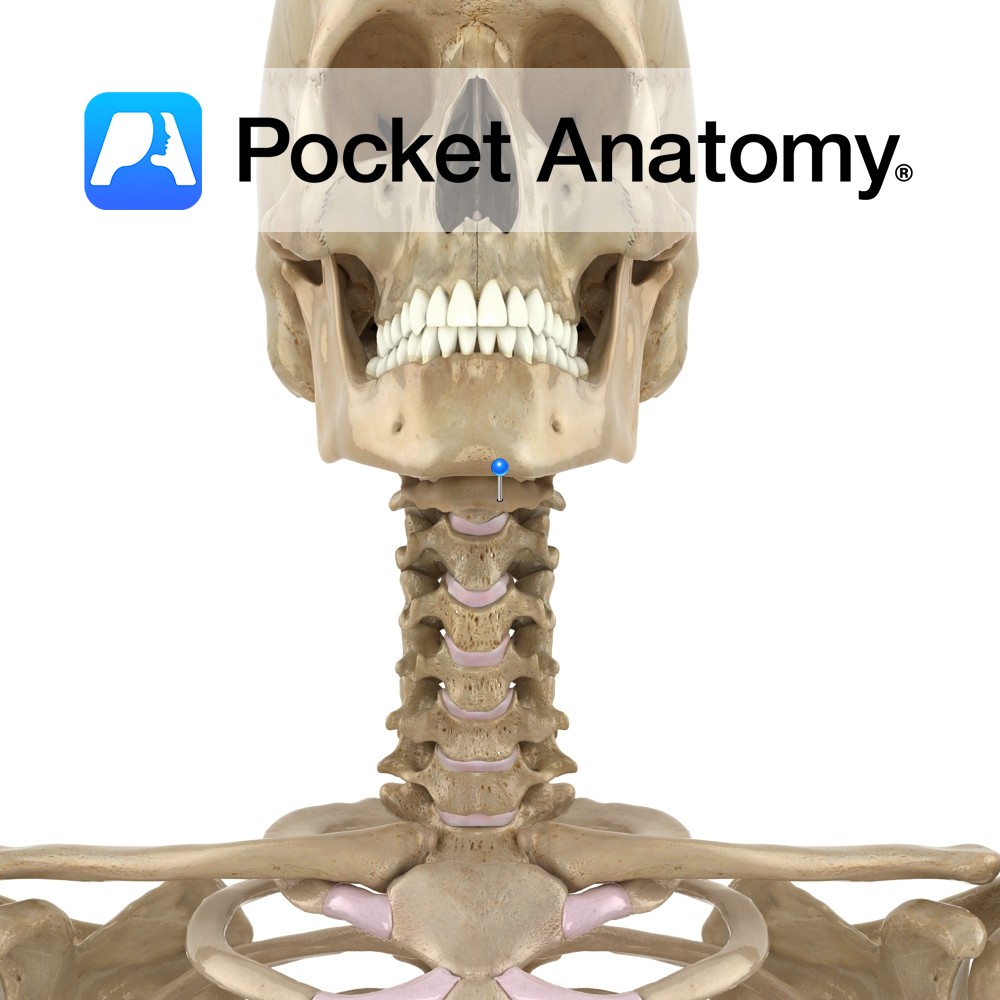PocketAnatomy® is a registered brand name owned by © eMedia Interactive Ltd, 2009-2022.
iPhone, iPad, iPad Pro and Mac are trademarks of Apple Inc., registered in the U.S. and other countries. App Store is a service mark of Apple Inc.
Pocket Anatomy is proud to share professional medical knowledge will all people around the world. We're regularly adding medical definitions and highest quality 3D images of human anatomy. If you would like to contribute in this project please get in touch with us at mark@pocketanatomy.com
Anatomy Course A continuation of the musculocutaneous nerve in the arm. This nerve becomes the lateral antebrachial cutaneous nerve once it has emerged from between the biceps brachii and the brachialis muscle, lateral to the biceps brachii tendon, passing behind the cephalic vein. It then divides into two branches, both of which run distally along
- Published in Pocket Anatomy Pins, Teaching Anatomy
Ala of Sacrum anatomy Ala of sacrum is a large triangular surface either side of sacral base, continuous with iliac fossa (akin to adapted and joined transverse and costal processes elsewhere spine). Interested in taking our award-winning Pocket Anatomy for a test drive?
- Published in Pocket Anatomy Pins, Teaching Anatomy
Anatomy Origin: Superior border of scapula medial to suprascapular notch. Insertion: Body of hyoid bone. Key Relations: -Is one of the infrahyoid muscles (sometimes referred to as ‘strap muscles’) lying in the muscular triangle of the neck. -Lateral to sternohyoid. Functions Depresses and fixes the hyoid bone. Supply Nerve Supply: Anterior rami of C1 to
- Published in Pocket Anatomy Pins, Teaching Anatomy
Anatomy Situated in front of the patella bone. Functions Acts as a cushion between bone and skin reducing friction between both. Clinical Prepatellar bursitis or ‘housemaid’s knee’ is a common injury to the bursa. The bursa becomes swollen due to repetitive work in a kneeling position. Interested in taking our award-winning Pocket Anatomy app for
- Published in Pocket Anatomy Pins, Teaching Anatomy
Motion The acromioclavicular joint is classified as a multiaxial synovial plane joint but it is more helpful to think of it as a pivot point. As the name suggests it is the articulation of the acromion of the scapula with the clavicle. It allows you to raise your arms above your head i.e. scapular elevation
- Published in Pocket Anatomy Pins, Teaching Anatomy
Anatomy Origin: Superior nuchal line of the occipital bone, external occipital protuberance, ligamentum nuchae and spinous processes of C7 to T12. Insertion: Superior fibres: posterior border of the lateral third of the clavicle. Middle fibres: medial border of the acromion and the superior edge of the spine of the scapula. Inferior fibres: tubercle of the
- Published in Pocket Anatomy Pins, Teaching Anatomy
Anatomy Lingual bone, U-shaped, in front of neck, between larynx (behind) and mandible (in front), at level of C3; made up of body (transverse), greater horns/cornus (long, pointing back), lesser cornus/horns (short, pointing up); suspended from tips of styloid processes of mandible by ligaments (this syndesmotic connection being its only bony articulation); anchored by multiple
- Published in Pocket Anatomy Pins, Teaching Anatomy
Anatomy The most inferior part of the laryngeal cartilages and completely encircles the trachea. It is shaped like a signet ring with a broad lamina of cricoid cartilage posteriorly and a much slimmer arch of cartilage anteriorly completing the circle. The lamina has two depressions separated by a vertical ridge. There are two articular facets
- Published in Pocket Anatomy Pins, Teaching Anatomy

